UPDATED 1/23/2018: On Monday, Congress ended the three-day government shutdown by passing a short-term funding agreement through February 8. Congress now has just a few legislative work days to figure out a more durable and bipartisan path forward on a host of issues before facing another shutdown crisis. By that time, the federal government will have been funded by short-term agreements for at least one third of fiscal year 2018, which began on October 1, 2017.
Posted 1/20/2018:
Congress’s failure to pass a stopgap spending bill means on-the-ground conservation professionals across the federal government won’t be reporting for work
This morning, the federal government will begin the process of closing, after the Senate was unable to pass a stopgap spending bill Friday night.
The effects of a government shutdown will be felt most acutely by sportsmen and women who were planning late-season hunts on national public lands and those who fish on lakes, rivers, and reservoirs administered by the Army Corps of Engineers or Bureau of Reclamation. Conservation projects will come to a standstill as federal land management agency staff are furloughed until Congress can reach an agreement.
“Although there’s less disruption to hunting and fishing opportunities at this time of year, we’re still disappointed to see this inability to find common ground and keep funds flowing to agencies that administer conservation and public access to America’s best fish and wildlife resources,” says Whit Fosburgh, president and CEO of the Theodore Roosevelt Conservation Partnership.
The closure of national forests, national wildlife refuges, and other public lands during the 16-day shutdown in October 2013 sparked outrage and prevented licensed sportsmen from accessing hunting and fishing areas, while many outdoor recreation businesses were forced to cancel client bookings at the start of the lucrative fall season. This time around, the Interior Department has said that public lands will remain “as accessible as possible,” but that some areas could be closed without staff, campground maintenance crews, or rangers to patrol culturally sensitive or backcountry areas for visitor safety.
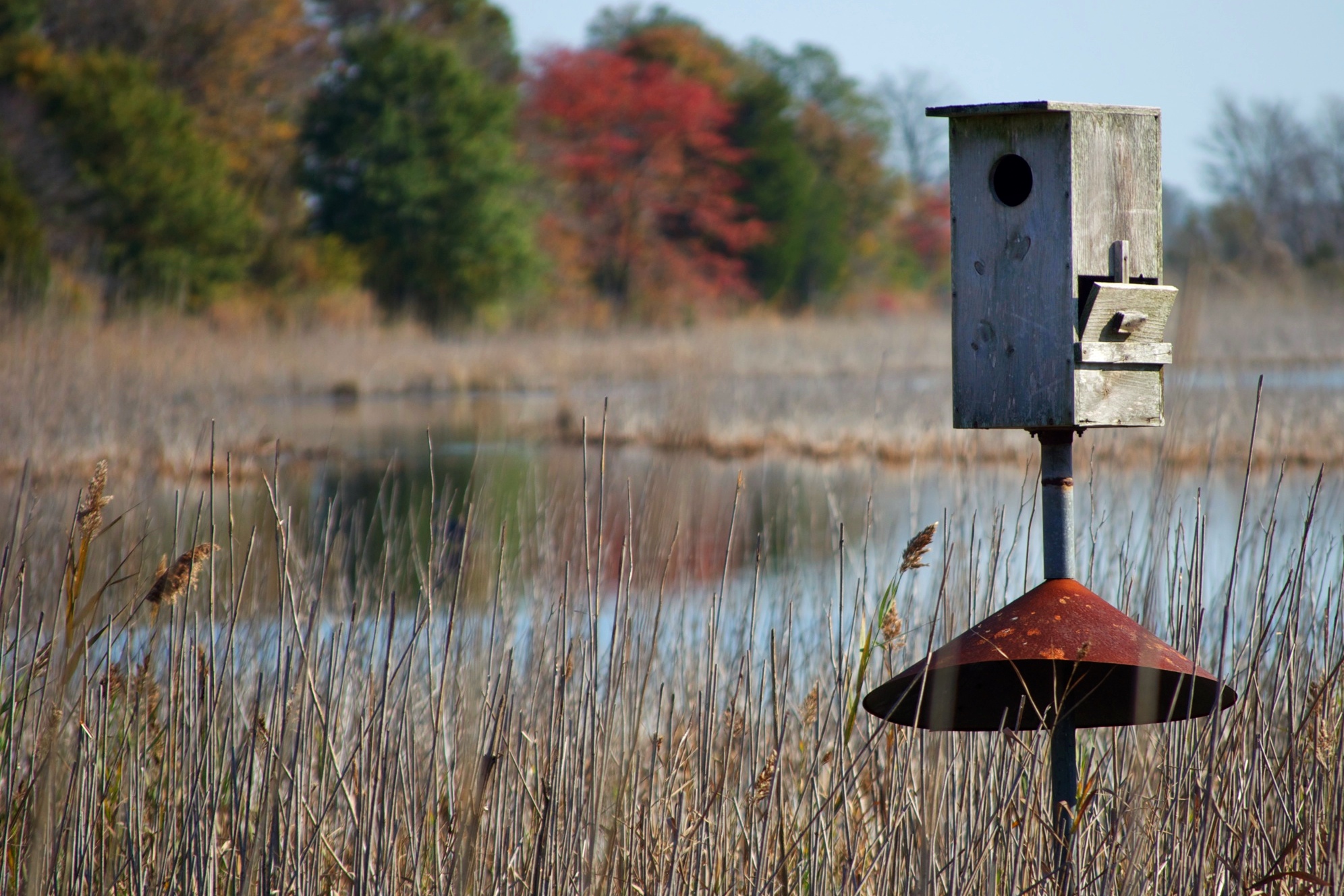
The impacts of a federal shutdown are not limited to national public lands and waters. Private lands conservation professionals at the USDA’s Natural Resources Conservation Service will be staying home instead of helping farmers and ranchers write conservation plans or prepare for the critical spring planting season. And everything from fish passage projects to chronic wasting disease research will be on hold.
“Hunters and anglers have a long list of things that Congress needs to address, including a much-needed funding fix for catastrophic wildfires,” says Fosburgh. “The continued brinksmanship on Capitol Hill serves no one; it only locks in problems and pushes real solutions further down the road. The public deserves better from its elected leaders.”
Top photo by Wisconsin DNR via flickr

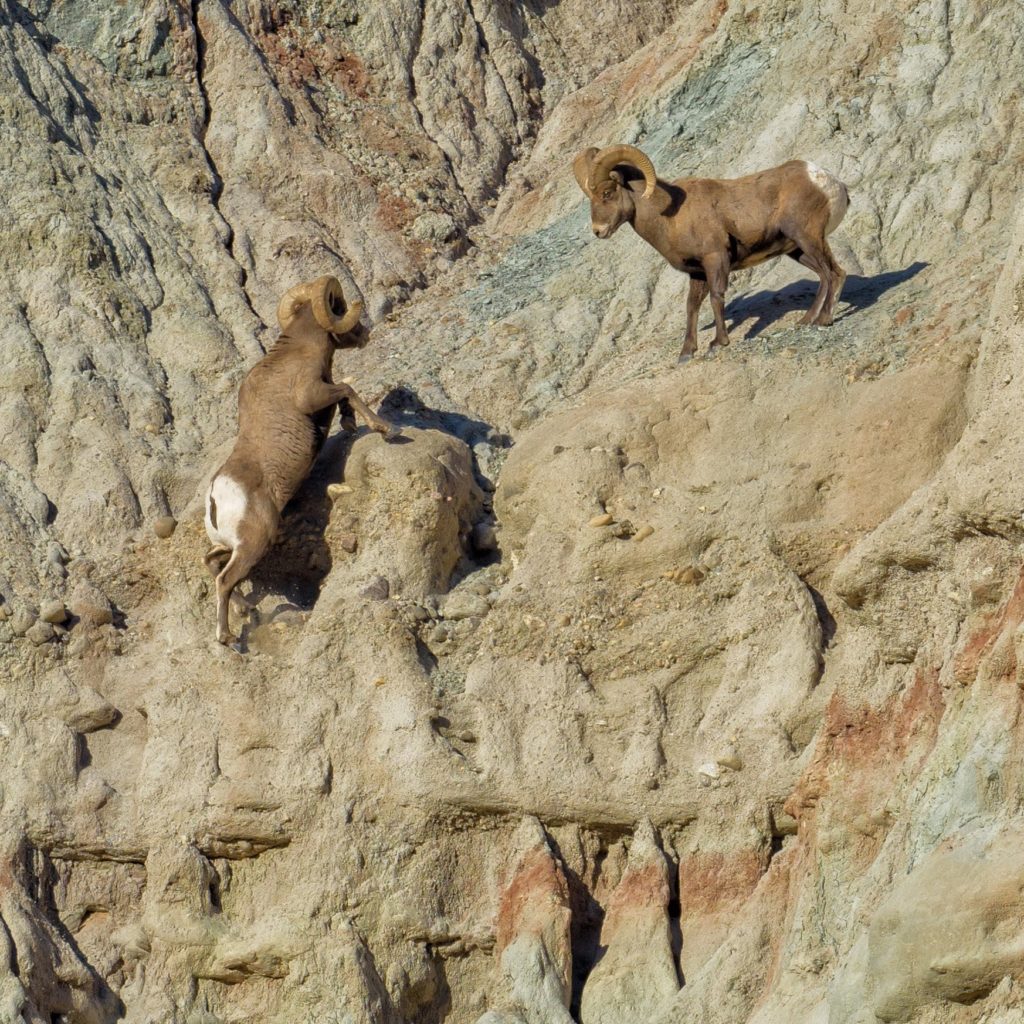
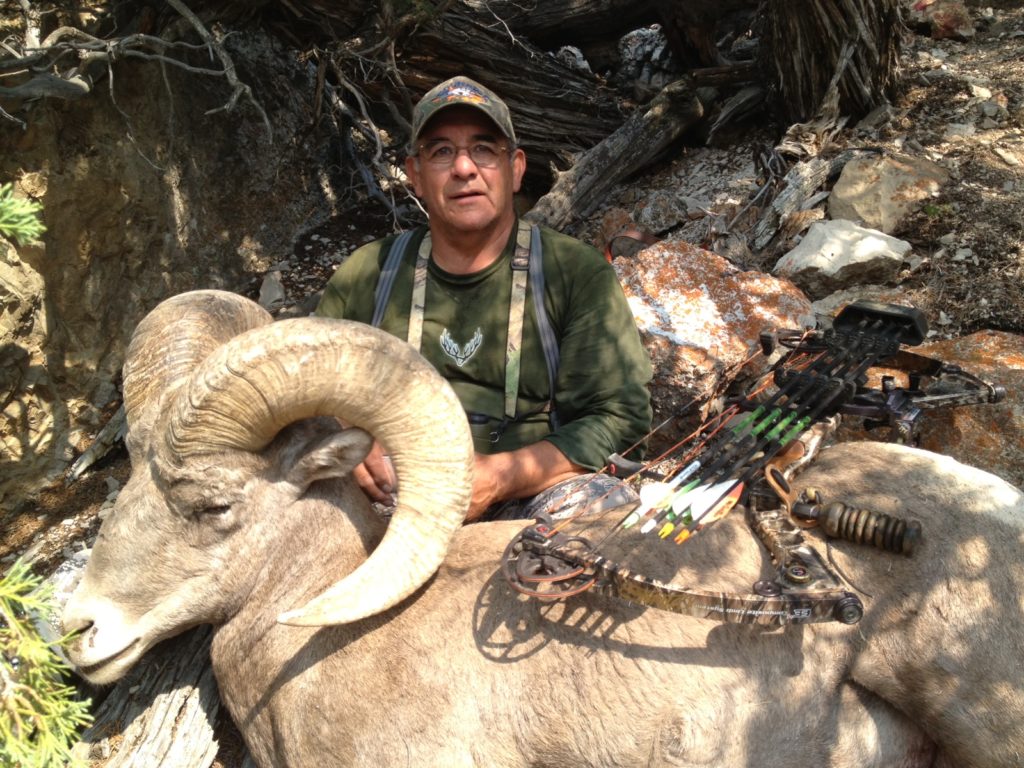
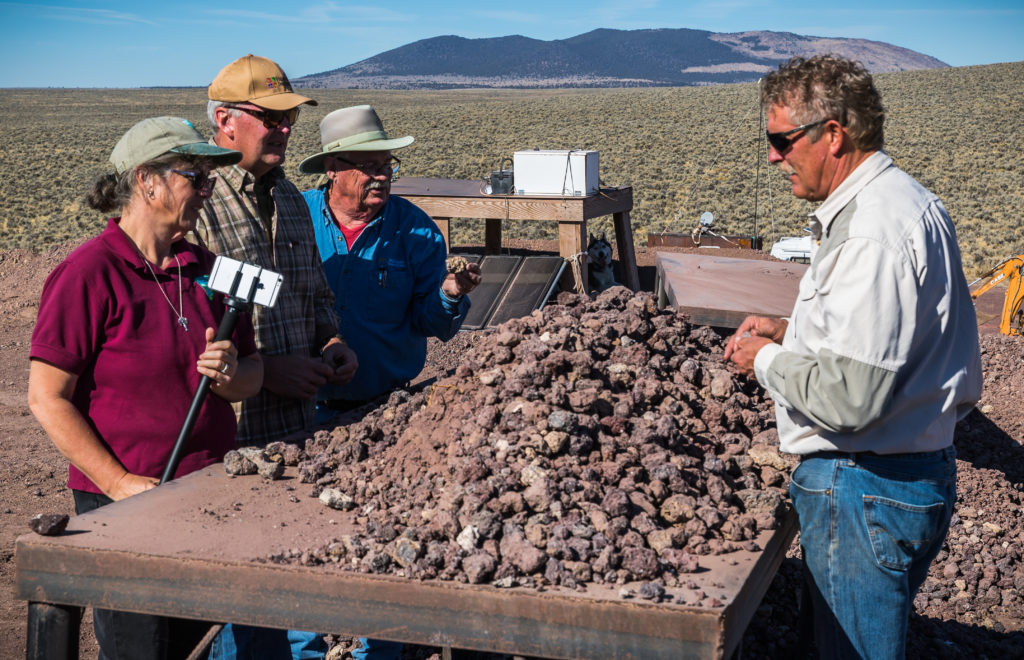
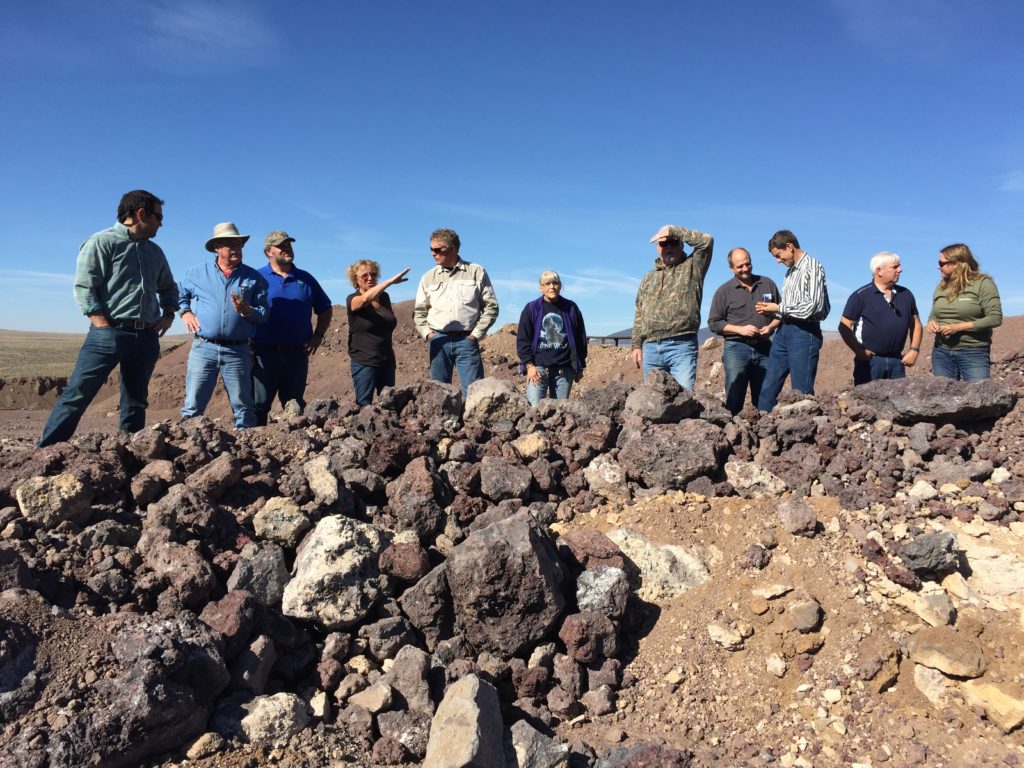
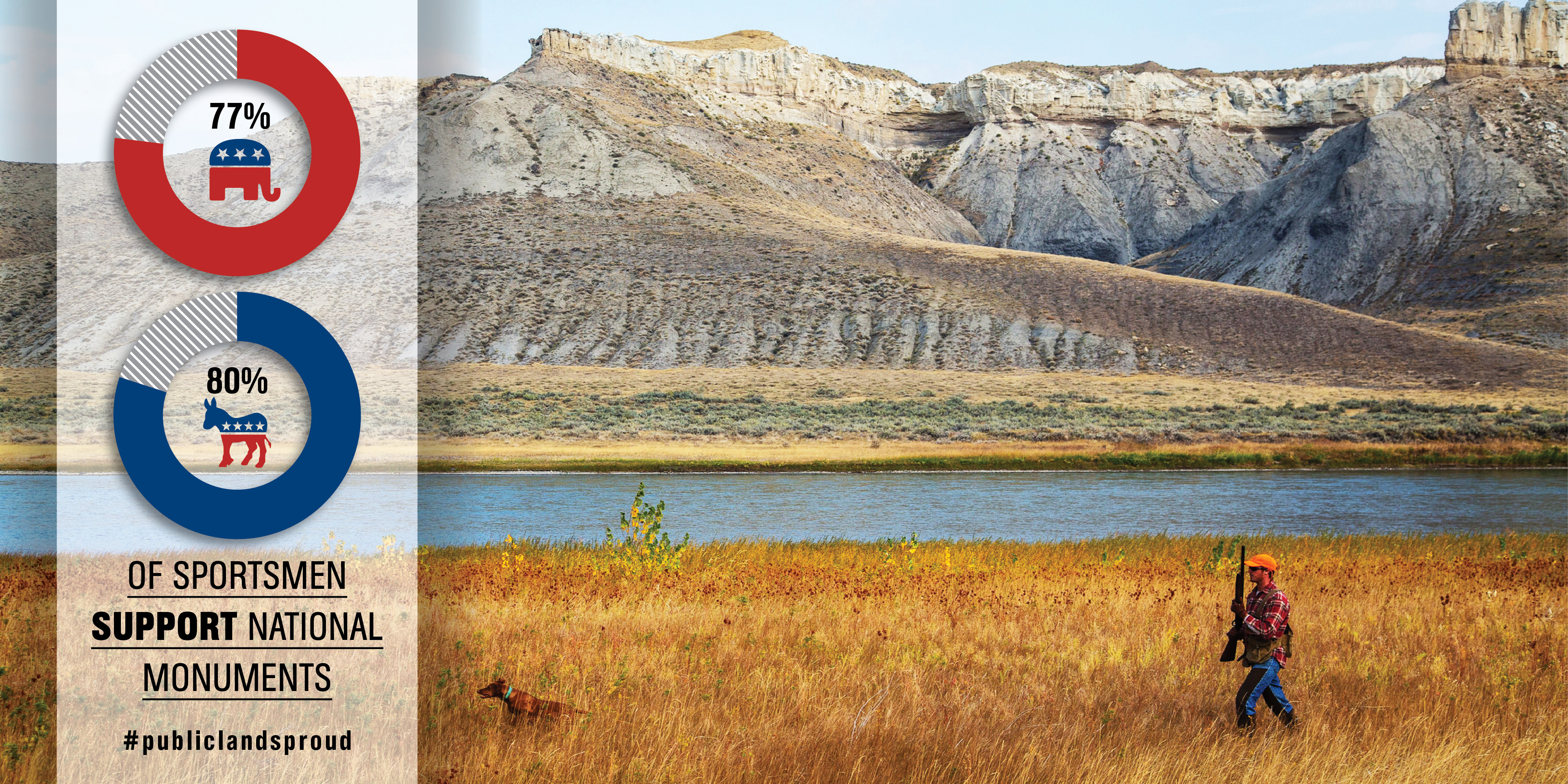




Please note and make it clear, the last shutdown by Obama was by a man that tried to do everything possible to discouraged guns, hunting and the American way of life. Having lived in Wyoming, hunted throughout the Unitd States for seventy five years, yoa and I both know there has been wasted funds and other issues that need to be addressed. President Trump is a fighter, the democrats caused the shutdown and only five democrats voted in favor of the “short-term} relief from the disastrous shut down. Have the guts to tell it like it is, we have millions of illegals that are costing billions of dollars that are military needs desperately, infrastructure, and taking money from Social Security that hard working Americans worked for sacrificed for, so they could retire and fell secure. President Trump was elected by Americans that love their country and The Constitution from both sides of the political aisle. The American people need to return to the principles of God, Family, Country, Job, or this country will be history.
#MAGA
“The closure of national forests, national wildlife refuges, and other public lands during the 16-day shutdown in October 2013 sparked outrage and prevented licensed sportsmen from accessing hunting and fishing areas…”
Just one, of many reasons, why I think Obama was the worst POTUS ever. Notice how Trump did not see this shutdown as an opportunity to “weaponize” the government against the people that control it. #MAGA
“The closure of national forests, national wildlife refuges, and other public lands during the 16-day shutdown in October 2013 sparked outrage and prevented licensed sportsmen from accessing hunting and fishing areas…”
This is just one, of many reasons, why I think Obama was the worst POTUS ever. He used the shutdown to “weaponize” the federal government against “we the people”. In contrast, notice how Trump did not use the recent shutdown in the same way. Instead, he suggested ways to keep some portions of the government open by using carry-forward funds. If you don’t understand why many conservatives hate the federal overreach of the government into their public lands then look no further than the 8 years of Obama’s reign. A prime example was during his lame duck session of December 2016 when he designated extremely large-sized national monuments in Nevada and Utah against the will of those said states.
The title of this article starts with “Hunting and Fishing Access Closed…” but states no examples of this happening anywhere. Do you have examples of where sportsmen have not been able to gain access to these activities?
Please note complaining about the previous administration’s mistakes in conservation do not validate the current administration’s possible threats to public lands. Put the bipartison politics aside and focus on the real issue: Protecting public lands for all and forever, and continuing to lead the world in wilderness and wildlife management.
Of course they do because I’m a proponent of the current administration’s reversals of the previous administrations declarations.
As a hunter and fishermen east of the Mississippi, and a Ohioan, there is nothing more I’d rather do than, pick on Politicians,it vents a lot of pent up frustrations, in my nearly 60 years,I have watched the decline of caliber of our elected officials, the best advice I can give is hold them to the fire and not let the breath. They behave like complete idiots, and as for the progressives(liberals) ? Come on people we can do better than this. My advice, badger them often. In my state, Senator Portmen will give you a reply, Senator Brown ,you may not get one, as for my district congress men Tim Ryan,s a puppet ,Bob Johnson will give you an answer, our public land s my not be as big as out west, but we have the same carpetbaggers here.
To above posters – Thanks for the rant/screed on Obama and MAGA. As a former 41 year Republican voter and recently re-registered Independent, I suggest you read/watch additional news sources across the political spectrum other that Faux News. This administration and the republican party are deeply indebted to the movement set in motion by the libertarian leaning Koch bros and the oligarchs of the world. Read “Democracy in Chains” or any of Jane Mayers books on the Koch bros, or David Frum’s current book “Trumptocracy” for some insights on how to be a better U.S. Citizen. Yeah, I know, Obama wasn’t perfect, but he tried to do what’s right. Yeah, I know, you’ll crucify me for not being a Trump butt licker. Go for it. I see this group of dangerously crooked bought and paid for administrators and legislators for what they are. I’ve hunted, fished, camped, hiked, ridden horses, mountain bikes, atv’s, snowmachines, 4×4’s over some of our finest ground in this country. I served as a wildland firefighter for Uncle Sam for 35 years. Fought and lit fires from the North Slope of Alaska to the Mexican border – California to the east coast. I will work with almost anyone to make this country better, but I won’t back up more than two steps before I’ll fight for every inch of public ground, access and rights I have as an American Citizen. I’ll do this for my children and their children on down the line. So keep on with the MAGA stuff. You’re making lots of progress with guys like me.